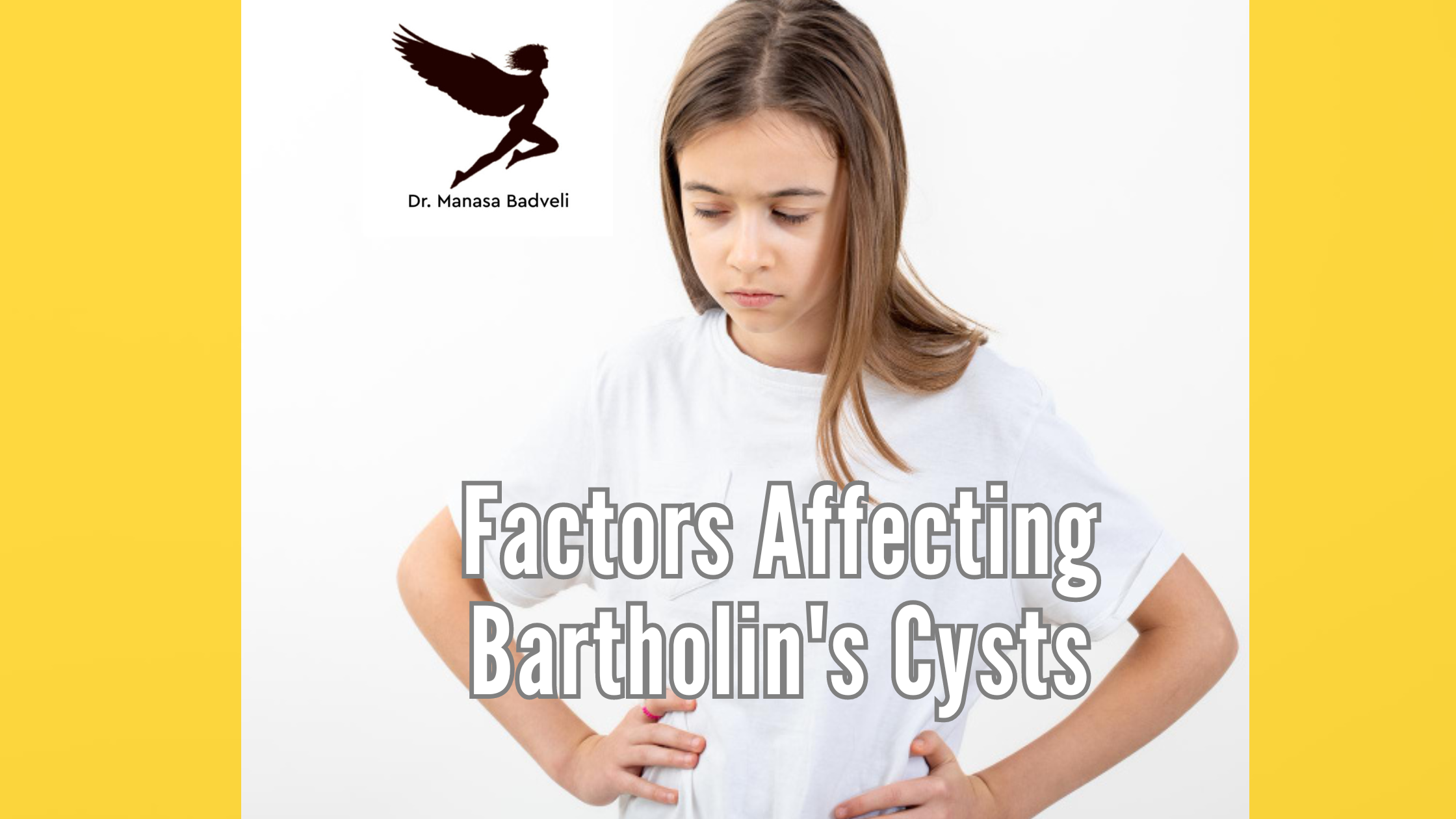Bartholin’s cysts are fluid-filled sacs that develop near the vaginal opening, typically caused by blockage of the Bartholin’s glands. While they are more commonly seen in women of reproductive age, it’s important to understand that they can occur at any stage of life. Here, we’ll delve into the causes, prevention strategies, and treatment options for Bartholin’s cysts.

What Are Bartholin’s Cysts?
Bartholin’s cysts form when the Bartholin’s glands, located on either side of the vaginal opening, become blocked. These glands are responsible for secreting fluid that lubricates the vagina. When the ducts of these glands become obstructed, fluid accumulates, leading to the formation of a cyst.
Factors Affecting Bartholin’s Cysts
Bartholin’s cysts are less common in children because the Bartholin’s glands typically do not become active until puberty. Similarly, after menopause, the glands tend to shrink, reducing the likelihood of cyst formation. However, it’s crucial to note that Bartholin’s cysts can still occur at any age.
Prevention Strategies
Preventing Bartholin’s cysts can be challenging since the exact cause of their development is not always clear. However, some cases are believed to be linked to sexually transmitted infections (STIs). Practicing safe sex by consistently using condoms during intercourse can help reduce the risk of contracting STIs, which may in turn lower the chances of developing Bartholin’s cysts.
Treatment Options
If a Bartholin’s cyst becomes symptomatic or infected, medical intervention may be necessary. Treatment options include:
- Warm Compresses: Applying warm compresses to the affected area can help alleviate discomfort and promote drainage of the cyst.
- Incision and Drainage: In cases where the cyst is large or painful, a healthcare provider may perform a minor surgical procedure to drain the fluid.
- Marsupialization: This surgical technique involves creating a permanent opening in the cyst to allow continuous drainage, reducing the risk of recurrence.
- Antibiotics: If the cyst becomes infected, antibiotics may be prescribed to treat the underlying infection.
While Bartholin’s cysts may not always be preventable, practicing safe sex and maintaining good genital hygiene can help reduce the risk of developing these bothersome cysts. If you experience symptoms such as pain, swelling, or redness near the vaginal opening, it’s essential to seek medical attention promptly for proper evaluation and treatment
